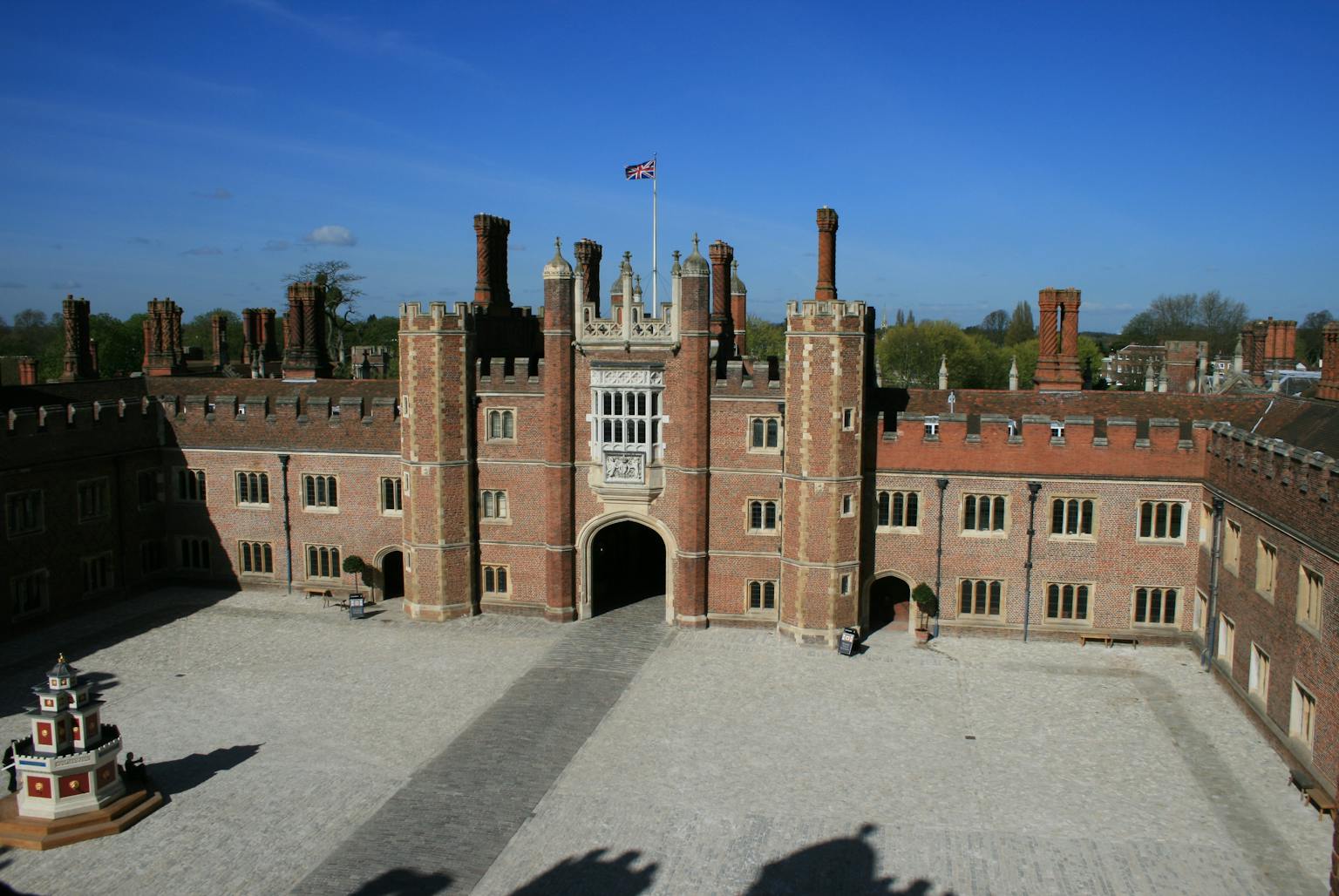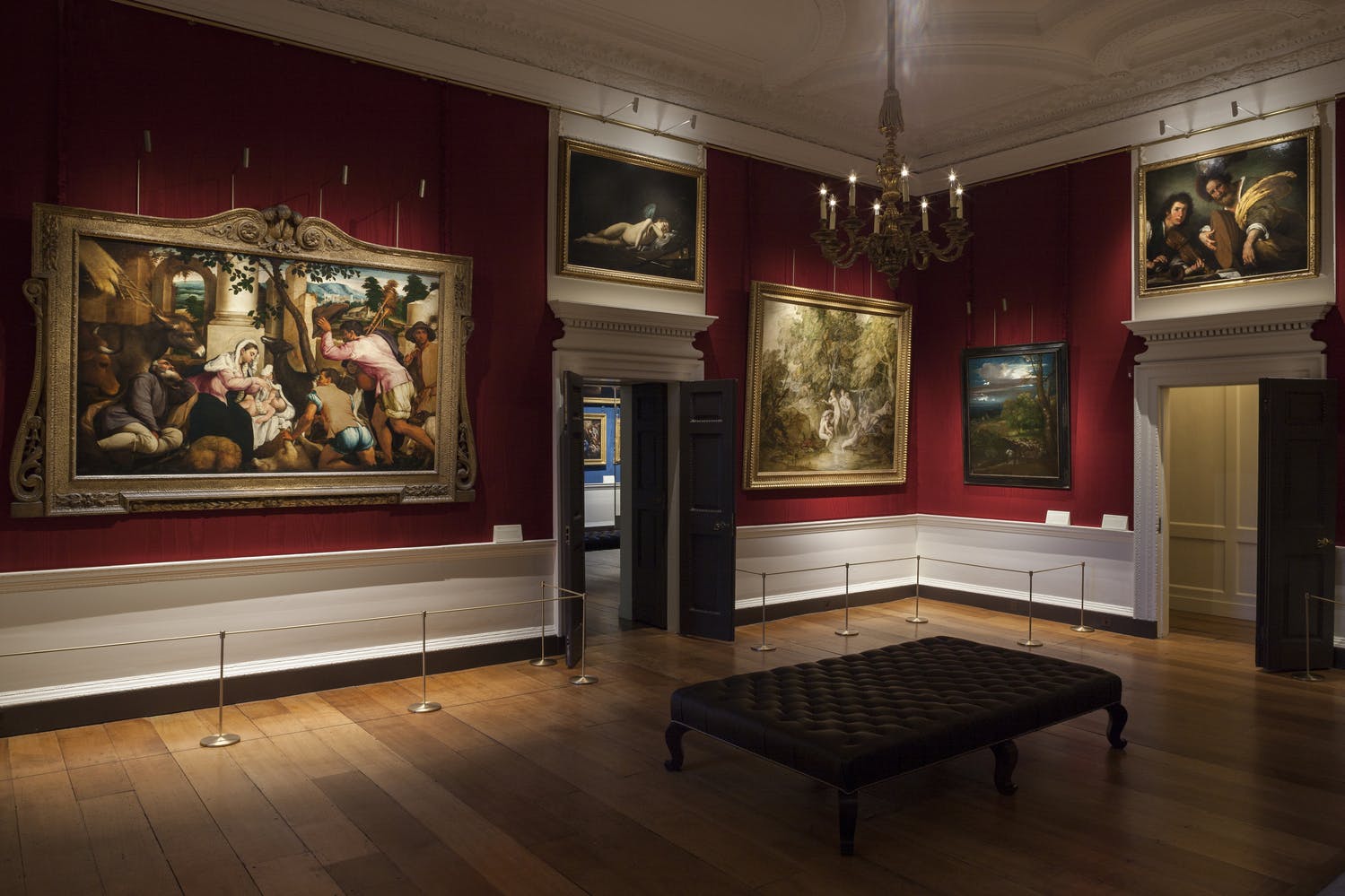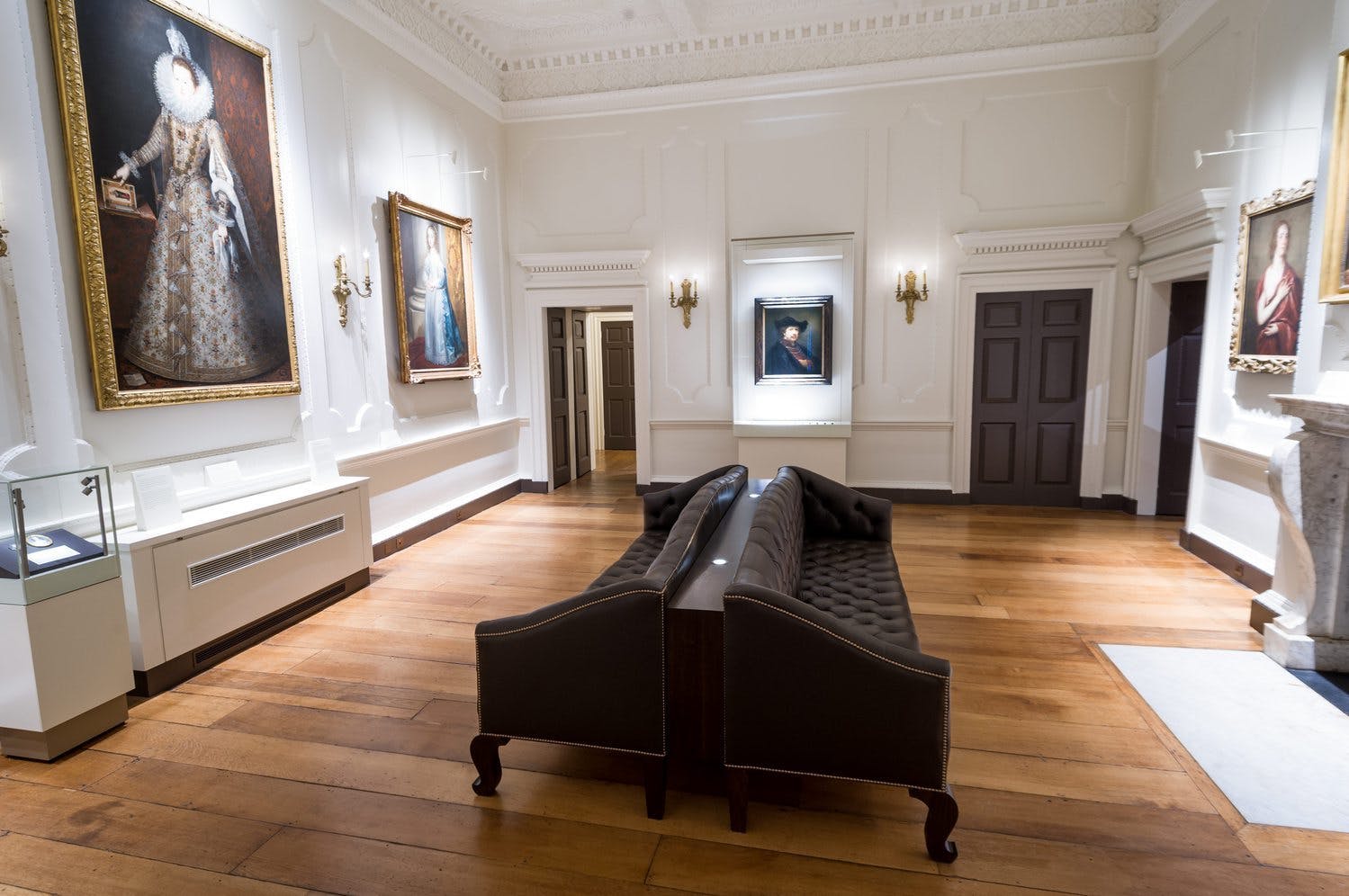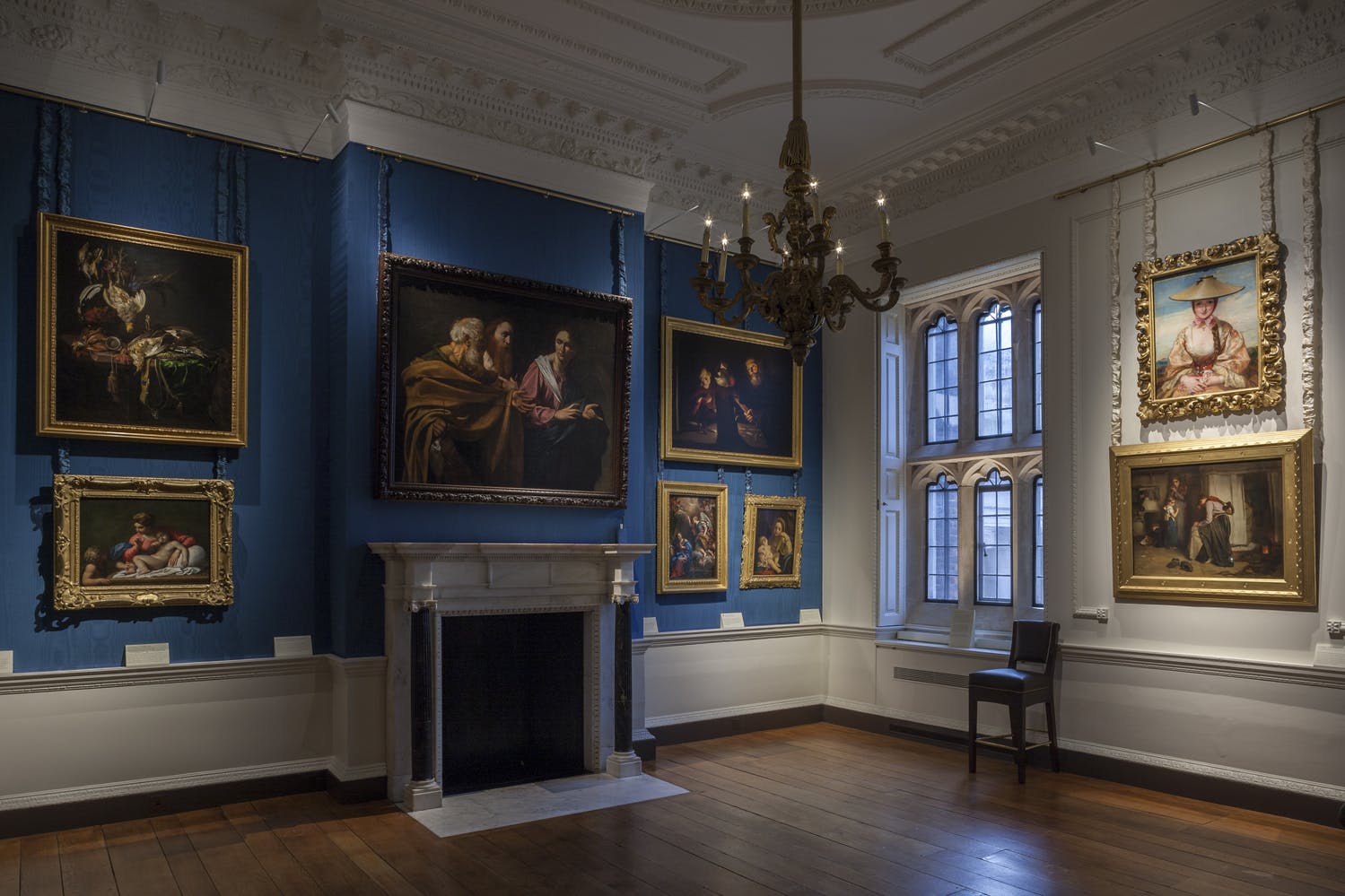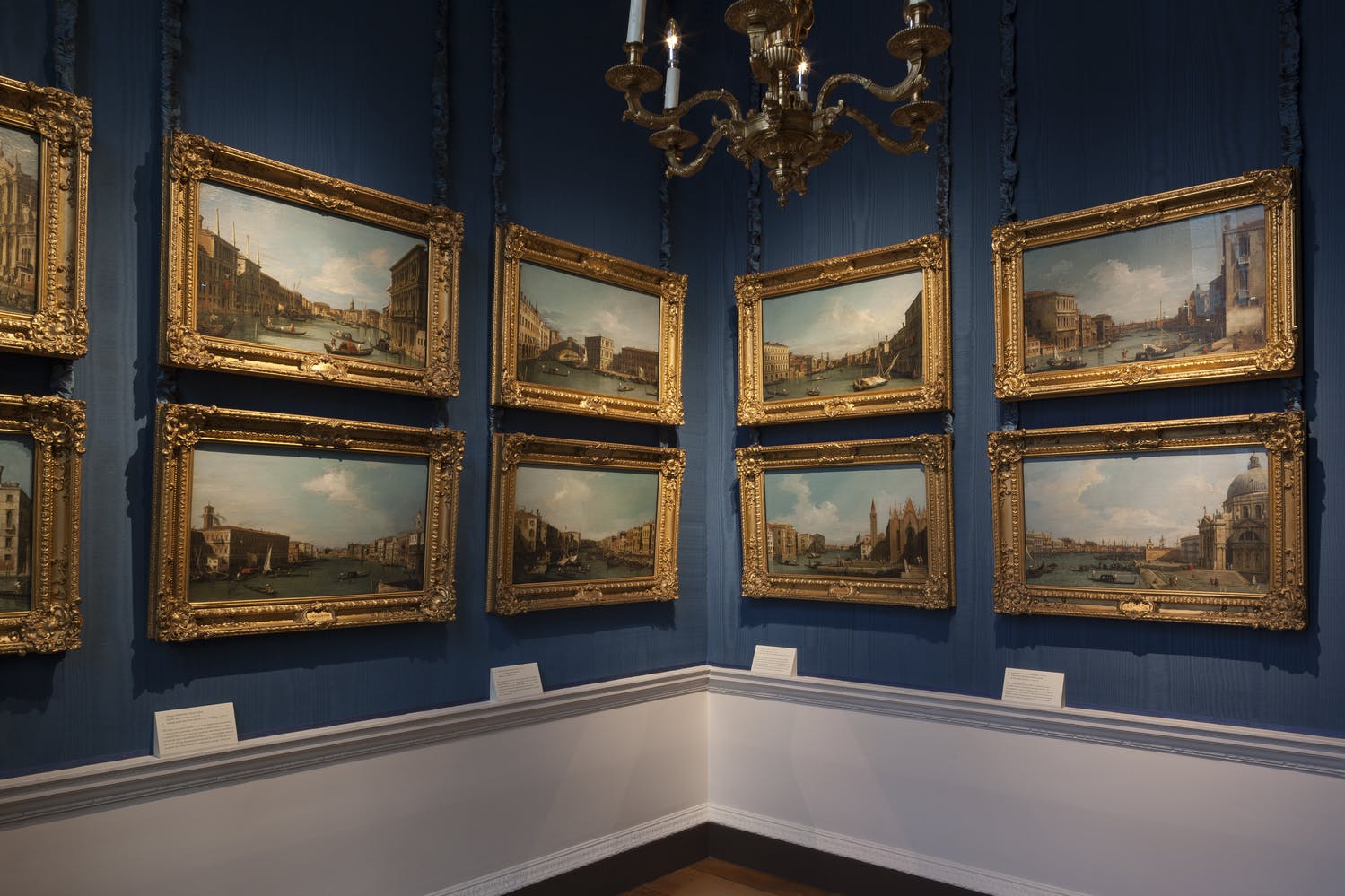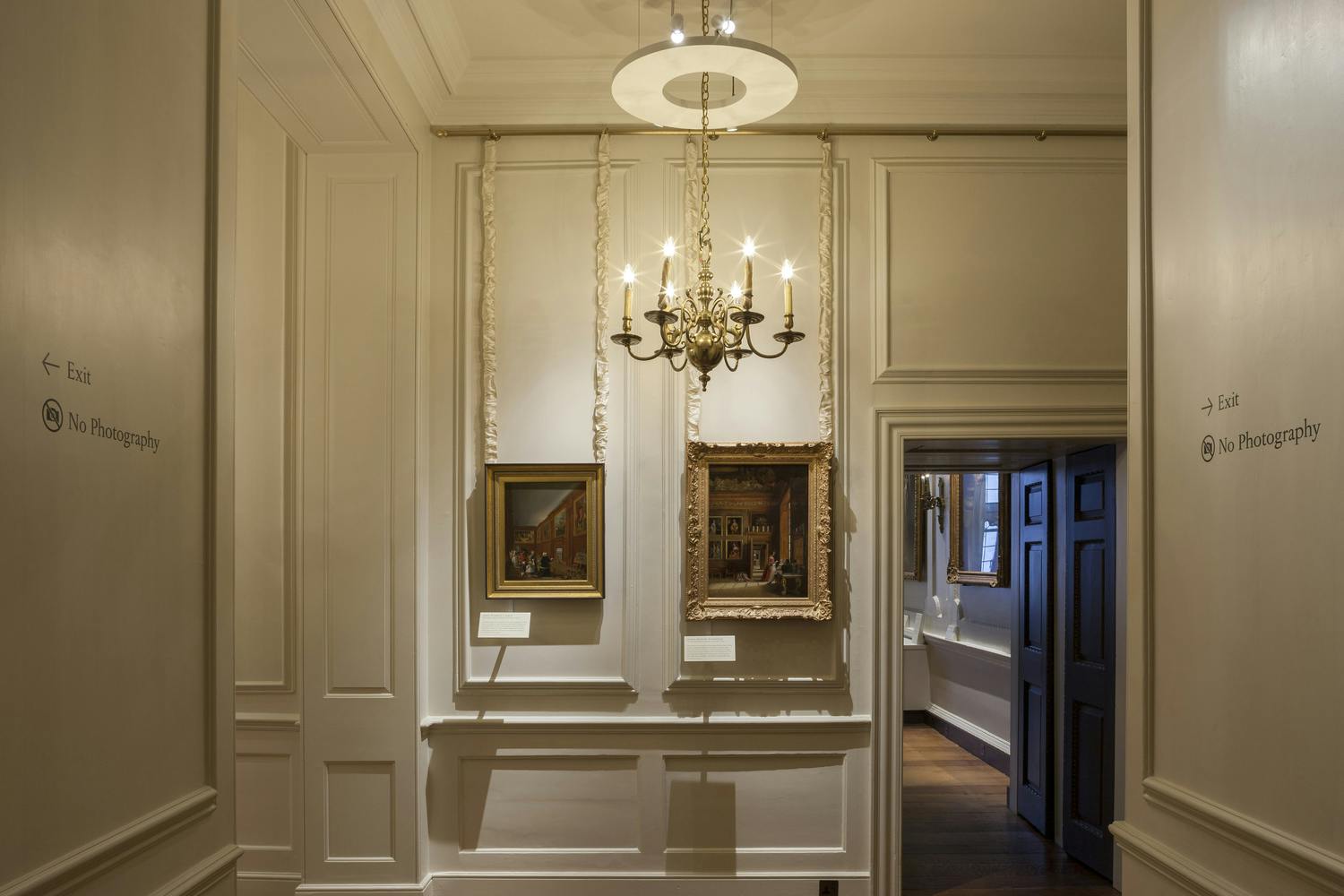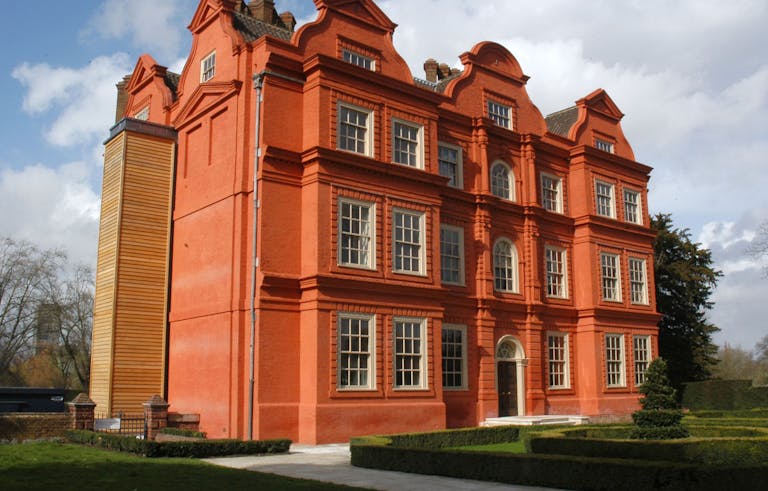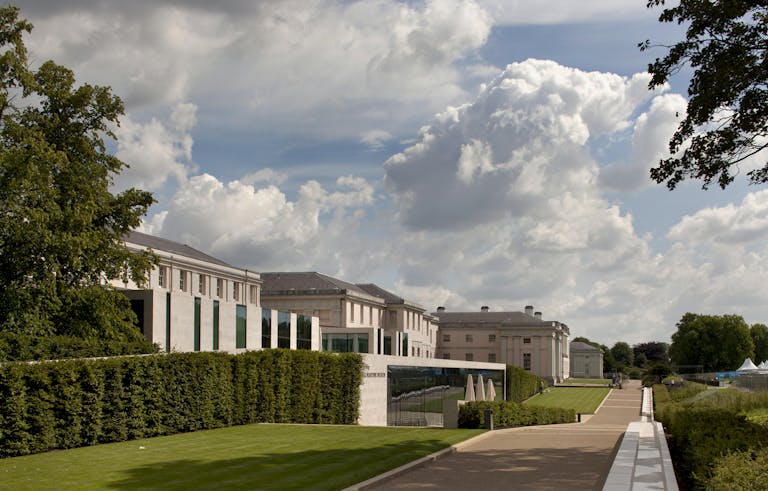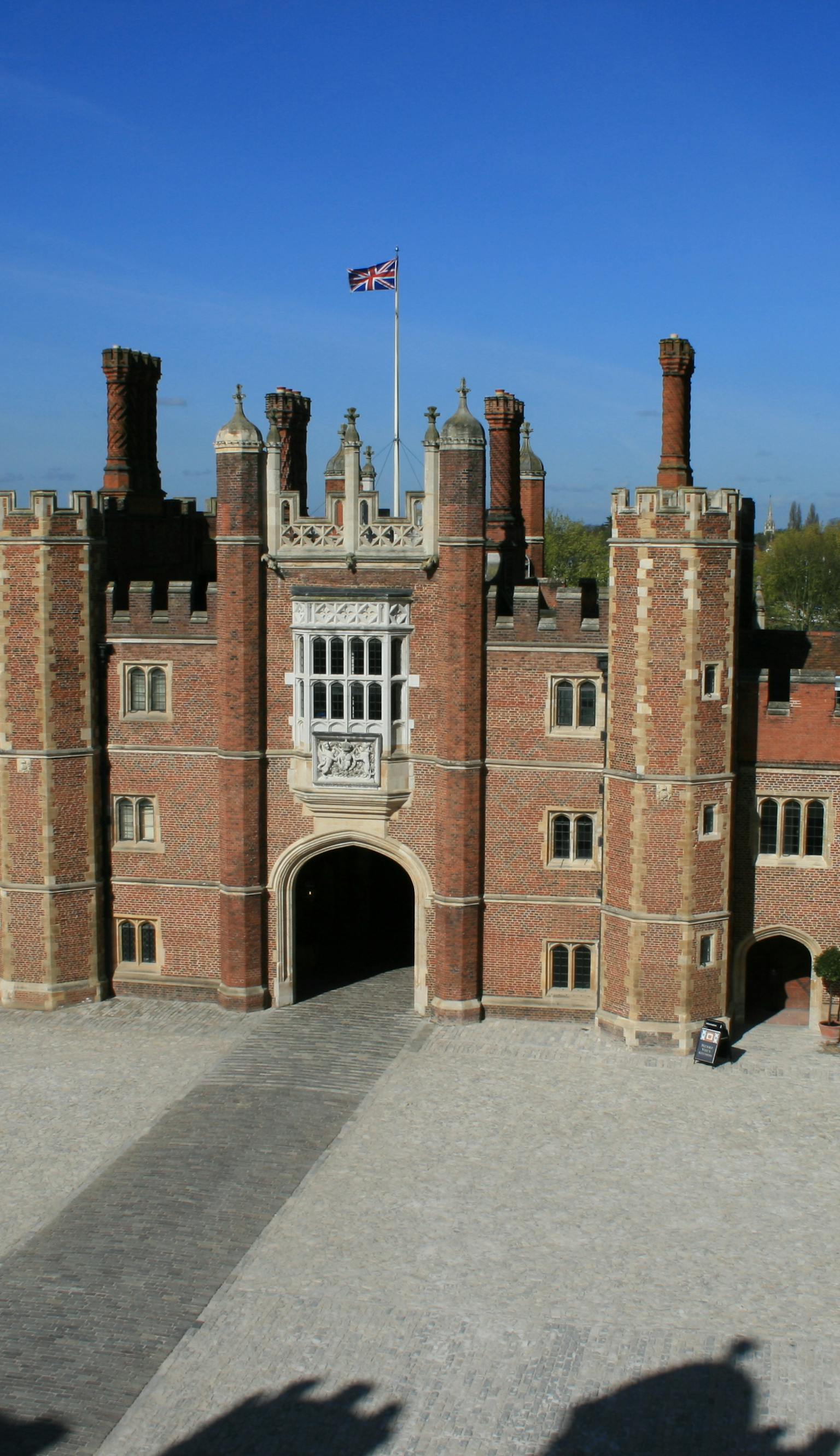
Hampton Court Palace
Continued conservation, restoration and repair inside and out
- Location
- London & South East
- Client
- Historic Royal Palaces
- Awards
- RICS London: Building Conservation Award 2016 (Base Court)
- RICS London: Building Project of the Year 2016 (Base Court)
- Shortlist
- Civic Trust Award AABC Conservation Award 2017 (Base Court)
- RICS London: Building Conservation 2015 (Cumberland Art Gallery)
- Lux Award 2015 (Cumberland Art Gallery)
- Museums + Heritage: Restoration or Conservation Award 2015 (Cumberland Art Gallery)
Purcell’s work on the renovation and modernisation of Hampton Court Palace has been ongoing since 1996, in a phased program of repairs to the facades, base court and valuable interiors.
Hampton Court Palace is an icon of Tudor and Baroque architecture. The chosen place of residence for many Kings and Queens of England, it elaborately expanded over the centuries. With building beginning in 1515 by Cardinal Thomas Wolsey, the Tudor palace soon became a favourite of King Henry VIII. In the 17 century, William and Mary expanded the Tudor palace with the contrasting Baroque architectural style of Wren. Purcell has worked on the renovation of the palace since 1996 in a phased program of repairs to the facades, fabric, base court and valuable interiors.
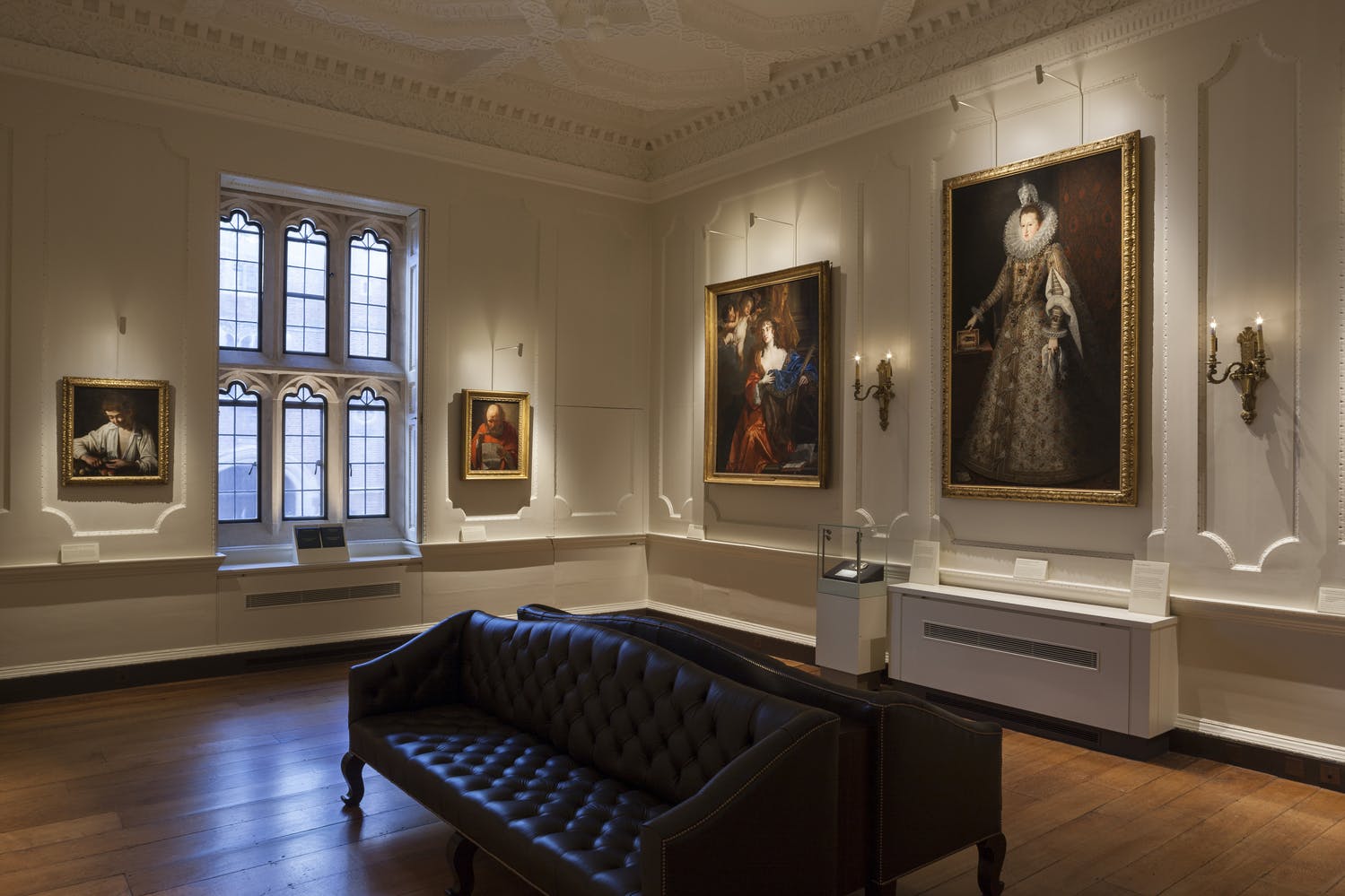
Cumberland Suite
Five principal rooms were painstakingly repaired and redecorated in line with the original scheme and transformed into a new art gallery. We successfully incorporated new services and a WiFi network, equipping visitors with the tools to understand, explore and enjoy the paintings and their stories.
The most recent decorative scheme, dating from the 1960s, lacked Georgian authenticity. The public rooms had not undergone any major restoration for half a century and key elements, such as the joinery, needed conservation.
The refurbished apartments now form a stunning backdrop to display artworks from the Royal Collection. The repair and reinstatement work was carefully undertaken using traditional carpentry, joinery and upholstery skills. Paint analysis revealed past decorative schemes that informed the new, historically appropriate finishes. To manage conservation light levels, modern lighting appropriate for artwork displays was introduced. Purcell also managed the design of the installations including new furniture and graphics.
Base Court
Purcell completed the restoration of the historic Base Court for the 500th anniversary of Henry VIII’s ascension to the throne. The challenging brief entailed repaving work, the protection of existing archaeology, and internal infrastructure works.
The masonry was cleaned, and the architectural carving and sculptural stonework were conserved. The sash and casement windows were repaired and redecorated, and the windows and doors were equipped with enhanced security provision.
The team also carried out conservation and repair works to the leaded roof of the Great Hall, which had been suffering from severe underside corrosion. The damaged lead sheet was then removed, the roof deck and underlay prepared and the lead roof reinstated.
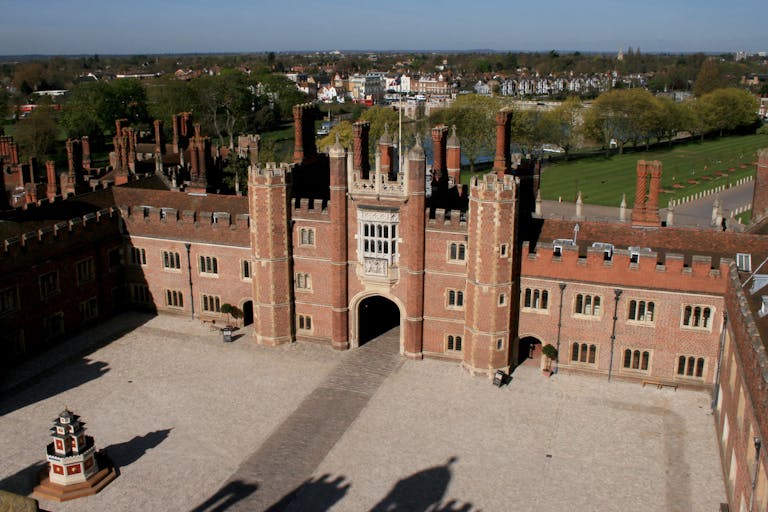
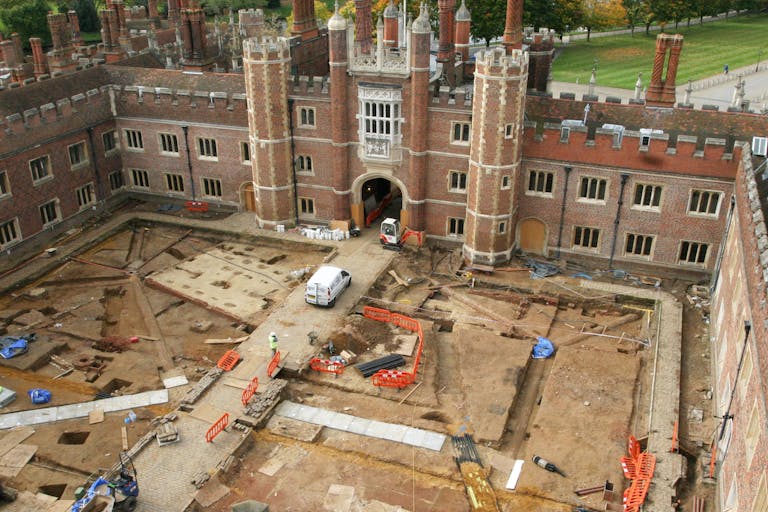
Henry VIII Exhibition
For the 500 anniversary, we worked on an exhibition of Henry VIII, which included working with interpretation designers and independently to sensitively take temporary installations within the historic rooms. The innovative displays included creation of a temporary cinema and the use of over-projection onto a historic tapestry to reveal how brilliant the original colours would have appeared. The work required close liaison with interpretation designers, building conservation staff, curators and statutory authorities.

Client: Historic Royal Palaces
Listing Status: Grade I
Construction Value: £1.5m
